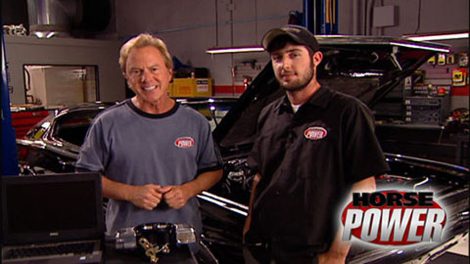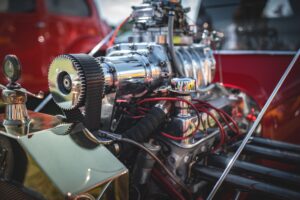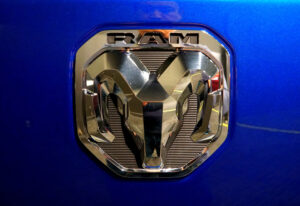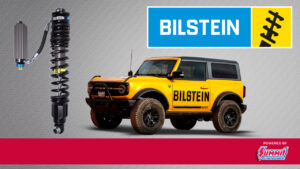HorsePower Builds
Want more content like this?
Join the PowerNation Email NewsletterParts Used In This Episode
[none]
5W30 synthetic and XPR synthetic 5W30.
Chevrolet Performance
ZZ4 partial engine.
Mothers Polish
Mothers power ball, power ball mini, power metal polish, power plastic polish.
O'Reilly Auto Parts
Coil and bendable spine used for molding rubber hoses.
Retrotek Speed
BOSS EFI 750 CFM polished finish returnless fuel system.
Retrotek Speed
Optional upgrade with 1200 CFM throttle body, must run return style fuel system.
Russell Performance
Fuel line fittings and hose ends.





























